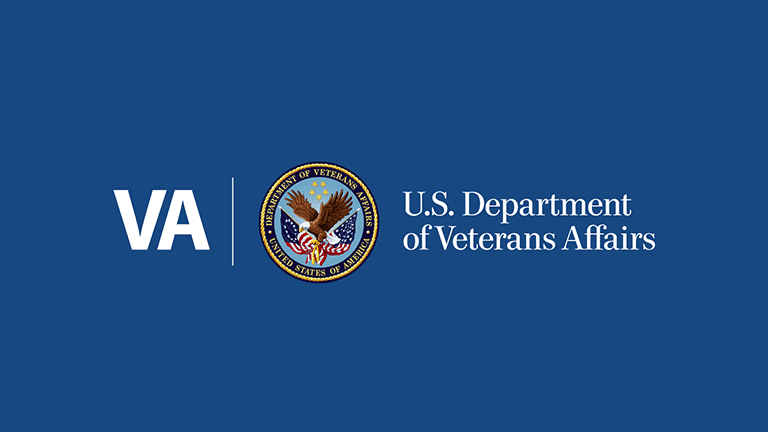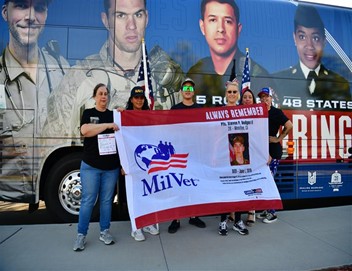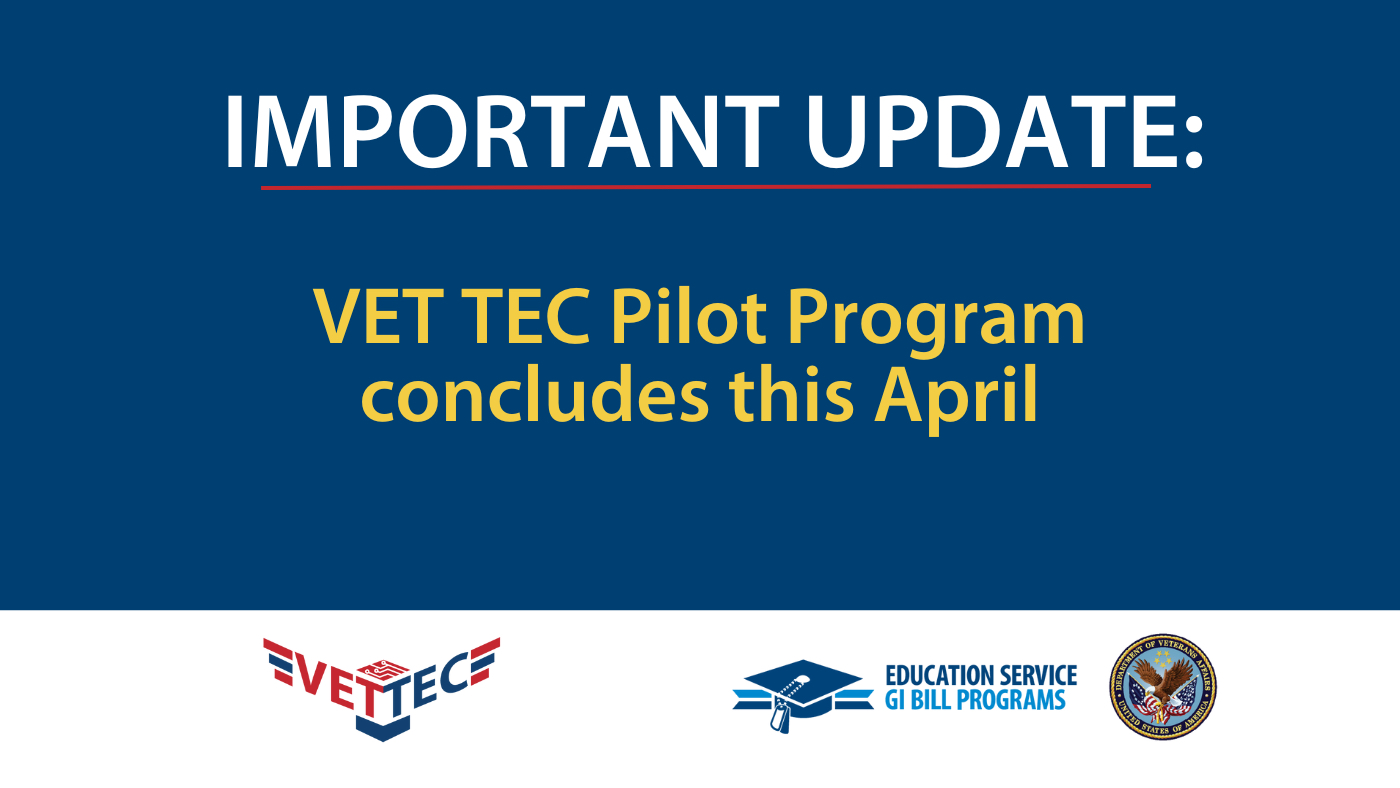On Friday, the Bureau of Labor Statistics released Veteran unemployment data for the month of December. The unemployment rate for all Veterans was 7.0 percent—still below the national average of 7.8 percent. For post-9/11 veterans, the rate was 10.8 percent. Most importantly, the annual jobless rate for post-9/11 Vets was 9.9 percent in 2012; a significant drop from the annual average in 2011 of 12.1 percent.
While there is more work to do, it is very clear that the unemployment rate among all Veterans—to include America’s newest Veterans—is headed in the right direction. The charts below help us see why.
In the first, we see the monthly unemployment rate for all Veterans since January 2010. The trend over three years is clearly downward.
Because chunks of data are often better indicators of real movement, another way to view the trend is by looking at the moving (or rolling) average. Like the chart above, the chart immediately below captures 12-month averages for the periods ending each month since January 2010. What it shows is a modest—but definitive—decline in the unemployment rate of Veterans. The current 12-month average unemployment rate for all Veterans is 7.0 percent.
This is significant because the moving 12-month average is a far more conservative measure than the month-to-month data. When we see movement in the rolling average, we can be confident that the unemployment rate among Veterans is, indeed, changing.
Post-9/11 Veterans are also continuing to experience a downward trend in unemployment. For Iraq and Afghanistan-era Veterans (or Gulf War II-era Veterans), the monthly unemployment rate ticked up slightly to 10.8 percent in December. The chart below demonstrates the declining unemployment rate over time. Because the month-to-month figures for this demographic are highly volatile, the longer term trend is a more reliable measure that continues to show a consistent decline over nearly three years. This is the strongest sign yet of recovery in the area of Veteran employment following the worst economic recession since the Great Depression.
As expected, the falling unemployment rate among post-9/11 Veterans is reflected in the 12-month moving average. As we can see below, the rate has consistently fallen—modestly but definitively— throughout 2012. The rate over the past 12 months has now fallen to 9.9 percent.
The numbers above are encouraging, but we know our work isn’t done—and that there’s still much to do. In this economy, too many Veterans still can’t find meaningful work, and we’re working every day to remedy that.
That’s why VA is collaborating with the White House and the Chamber of Commerce on hiring fairs across the country through the “Hiring Our Heroes” Program. It’s also why we’re urging Veterans to prepare themselves for the job market by taking advantage of programs like the Post-9/11 GI Bill and the Veterans Retraining and Assistance Program (VRAP).
If anything, today’s figure reminds us that there’s still much work to be done. VA, in conjunction with the White House, remains committed to ensuring that the unemployment rate for all Veterans continues its downward path.
Topics in this story
More Stories
VA remains open for business and is closely monitoring the Change Healthcare (CHC) cybersecurity incident.
Carry The Load, an organization dedicated to remembering the fallen, will visit 34 VA National Cemeteries traveling 20,000 miles along five separate routes covering all continental 48 states known as the National Relay for Memorial May 2024.
Over the five-year program, more than 14,000 VET TEC beneficiaries completed their program and nearly half have reported finding meaningful employment with an average starting annual salary of $65,000.











I agree with the first two comments.
Here are two additional points: one issue regarding these unemployment numbers is that many Post 911 vets are using the GI Bill and other money they have accrued to go back to school. These veterans are not considered unemployed but “in school;” technically they are not working but being sustained by VA benefits.
Another issue is the reoccurring point that people (veterans in this group) have gave up especially after unemployment extensions have been terminated. *****It is not newsworthy anymore. *****
If you want better numbers, email info@vetjobs.com and ask for the VetJobs Veteran Employment Situation Report (VESR), December 2012. You will have hard numbers even down to age groups.
Anyone can draw a bunch of lines on a chart and make them say what they want them to say. Get my Point?
Whenever the government publishes stats like this, don’t we have to keep in mind the context of the numbers? Here, it would seem that there are many veterans who have fallen off the back end of Unemployment Benefits, which is why they aren’t counted. Maybe this has more to do with the lower numbers?